
On January 22nd, 1973, 38 years ago this week, the Supreme Court handed down the landmark Roe vs. Wade case, establishing a woman’s right to seek an abortion under the Constitution’s privacy protections. At the time of the court’s verdict, The Nation’s editors wrote that the women known in the case as Jane Roe and Mary Doe “and the seven Justices who voted in their favor, have performed a service of incalculable importance for American womanhood.”
But in the nearly four decades since the decision, the antichoice movement has mounted ever-more successful attacks on women’s access to reproductive healthcare. In 2010, 15 states enacted 39 new abortion laws, the overwhelming majority of which limit access to reproductive care. And with Congress’s rightward swing in last year’s midterm elections, progressives will have to fight back even harder against conservatives’ restrictive legislative attempts. Here are a few of the forms these attacks will take in 2011.
Credit: AP Images
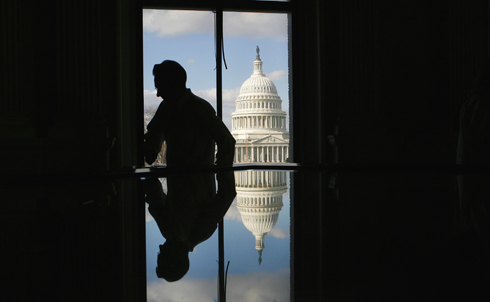
The 2010 midterms brought a number of new antichoice politicians to Washington. Though Tea Party radicals such as Christine O’Donnell (who opposed abortion even in cases of rape or incest) and Sharron Angle (who said that victims of rape and incest should keep their abusers’ children, because “God has a plan” for them) failed to sway voters with their extreme rhetoric, plenty of other antichoicers succeeded.
Overall, the new House includes 42 more antichoice congresspersons and 26 fewer prochoice allies than the previous session, and we now have 6 more antichoice senators in Washington. Some of those members of Congress are pretty out there: for example, Kentucky’s new Senator, Rand Paul, supports adding a restrictive Human Life Amendment to the Constitution, and Representative Quico Canseco (R-TX) has said that victims of rape should carry their pregnancy to term, because “It is not a child’s fault that the mother didn’t love the father, that the father didn’t love the mother, or that the child was born out of a violent thing.”
Credit: Reuters Pictures
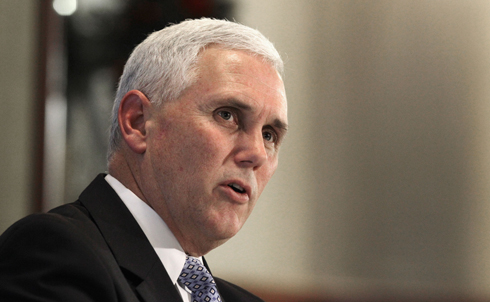
With their newfound strength in Congress, antichoice representatives are ready to unveil a number of harmful pieces of legislation. For starters, Mike Pence (R-IN) recently reintroduced a bill designed to deprive Planned Parenthood of federal money, which would essentially defund the country’s largest reproductive healthcare provider.
Pence takes issue with the $363 million that Planned Parenthood received from the government last year through Title X funding, though since 1976 the Hyde Amendment has prevented any of that money providing funding for abortions. Pence’s bill already has over 120 cosponsors, and it’s likely to be the first in a series of attempts to cut funding for family planning programs across the country.
Credit: AP Images

In one reproductive health bright spot for 2011, the administration plans to announce this year whether birth control and other women’s health services will be considered preventive healthcare under the Affordable Care Act—and thus available without a co-pay to enrollees in health insurance plans. The public is behind the move: The Nation’s Sharon Lerner reports that wide majorities of registered voters favor greater access to birth control and disagree with cutting federal funding for preventive health services at Planned Parenthood health centers.
But with Republicans looking for any reason to attack Obama’s healthcare reform, and with state family planning services on the budget chopping block, antichoicers are working to make the birth control discussion as divisive as the debate surrounding abortion. Including birth control under the preventive care umbrella “is such a no brainer,” says Planned Parenthood’s Cecile Richards, that prochoice advocates now have to “make sure Congress understands what a common-sense policy this would be.”
Credit: Reuters Pictures
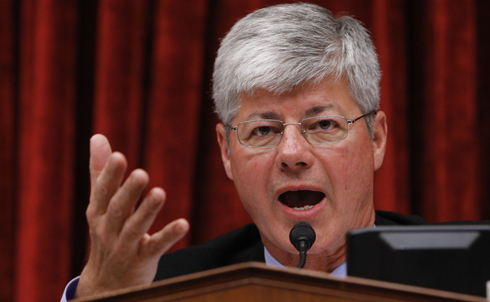
House and Senate antichoicers will also try to chip away at the limited but important abortion protections included in Obama’s healthcare reform law. Led by John Boehner—“the most pro-life Speaker ever”—House antichoicers voted Wednesday for repeal of the healthcare reform law, though the repeal effort has little chance of gaining much traction in the Senate.
Failing such a drastic measure, Congressional antichoicers are set to attack the law on another front by reintroducing many of the restrictions that made up the onerous (and failed) Stupak-Pitts amendment. Except this time, the so-called “Stupak on Steroids” bill will likely ban all coverage for abortions in the new health insurance exchanges and make it much harder for private insurers to cover abortions. Introduced into the House on January 20 by Chris Smith (R-NJ), the bill would also create burdensome tax penalties for individuals, employers and insurers who cover abortion care.
Credit: AP Images

The prospects for progressive reproductive health legislation don’t look any better on the state level. In 2010, the District of Columbia started providing abortion funding for low-income women, something the district was barred from doing for nearly three decades. But Republican lawmakers will fight to reimpose the ban, and to make sure similar bans stay in place in the states.
Also last year, lawmakers in 14 states reacted to federal healthcare reform by introducing measures to limit coverage of abortion in the new insurance exchanges. Arizona, Mississippi and Missouri now severely restrict abortion coverage in the exchanges, and Louisiana and Tennessee did away with abortion coverage altogether except in extreme cases.
Lawmakers in Nebraska and Florida are already moving to restrict coverage in the exchanges in 2011, and don’t be surprised if other states follow suit.
Credit: Reuters Pictures

In 2010, the fight against later-term abortions also ramped up as Nebraska passed a new law banning abortions after twenty weeks gestation, with very limited exceptions. Legislators based their arguments for the restriction on the scientifically-dubious grounds that after that point, the fetus is able to feel pain. The law passed despite the Supreme Court’s repeated rulings that abortions must be permitted until viability, which experts agree usually occurs some time between 24 and 26 weeks.
The law, which went into effect in October, was the first to use fetal pain as the justification for abortion restriction, and already lawmakers in states such as Iowa, Indiana and Kansas are preparing bills modeled on Nebraska’s.
Credit: Flickr user l’interdit
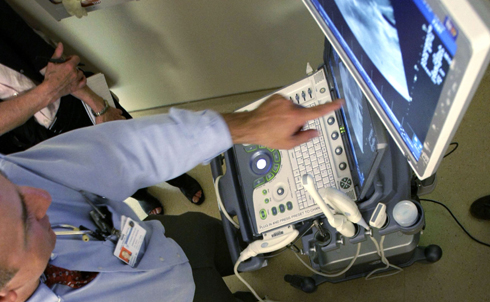
In the early days of 2011, the Kentucky Senate passed a measure that could require all women seeking abortions—even in cases of rape and incest—to view an ultrasound, even when it’s not medically indicated. The Bluegrass State joins five others that mandate ultrasounds for women seeking abortion, and several others require that patients be offered an ultrasound. Kentucky’s proposed law—which now must pass in the state House before reaching the governor’s desk—goes further than any now in effect, however, by requiring that doctors describe ultrasound images, even if their patients avert their eyes during the procedure. Texas and Iowa already have similar measures in the works for this year.
Credit: AP Images
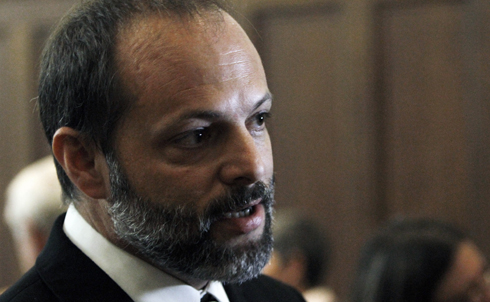
One of 2010’s most radical antichoice efforts, Colorado’s Personhood Amendment, sought to ban all abortions by applying the term “person” “to every human being from the beginning of the biological development of that human being.” The measure was defeated by a margin of 3 to 1 in the 2010 midterms, but that hasn’t stopped “personhood” activists: the umbrella group Personhood USA says they’re pursuing legislation in 30 states, and already Mississippi lawmakers have a personhood amendment on the ballot for this November and Florida activists are currently collecting signatures for their 2012 initiative.
Credit: AP Images
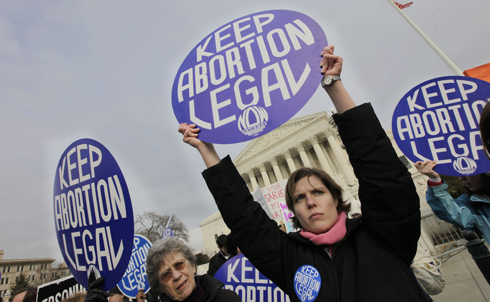
With the annual antichoice March for Life scheduled for Monday, January 24, opponents of a woman’s right to choose are gearing up to push their restrictive agenda through legislatures across the country. But for years progressives have been organizing and campaigning to keep control of their reproductive rights. Go here to learn more about how you can fight back in 2011.
Credit: AP Images


